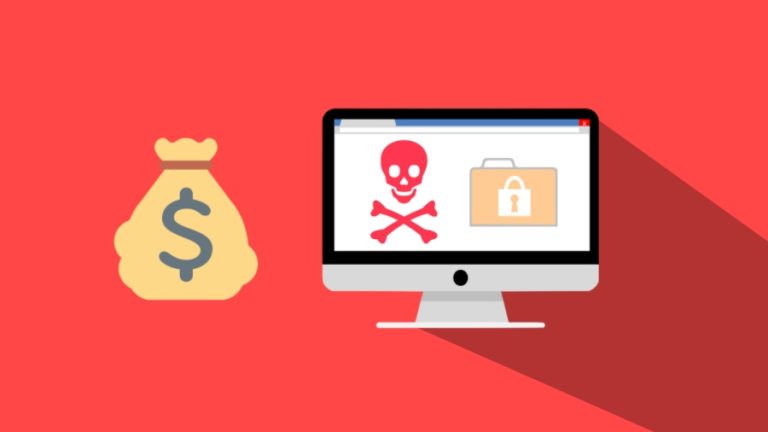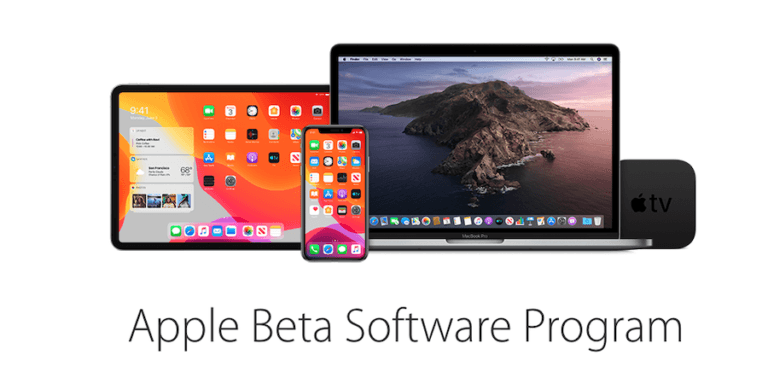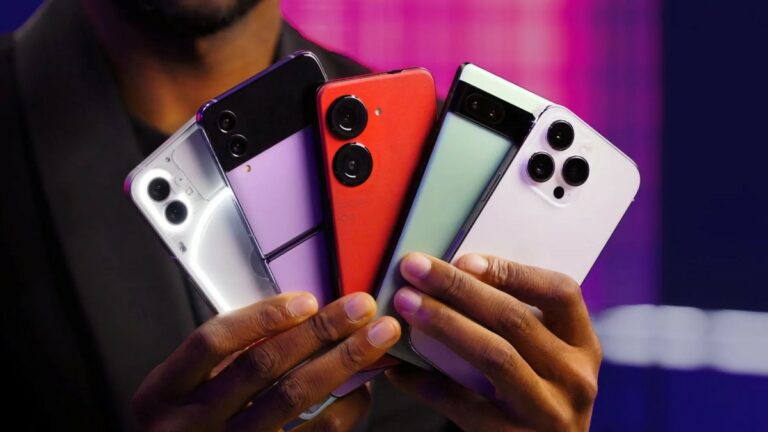Android 11 DP2 Arrives With Wireless ADB, Variable Refresh Rate And More

Google released Android 11 Developer Preview 2 (DP2) yesterday, a month after the roll-out of the first one.
Since it’s a developer preview, the build is intended for the developers, meaning the Android 11 update lacks any major feature additions. As Google says, DP2 is an “incremental update with additional features, APIs, and behavior changes.
A Developer Preview also means there is no OTA (Over The Air) update; Android users will have to flash the update manually. Android 11, for now, can only be flashed on Pixel phones and their XL versions, except for the original Google Pixel.
Android 11 DP 2 new features
While there are no significant features, the update still includes tweaks and changes, which would become the foundation of Android 11 first beta, scheduled to arrive in May.
One of the biggest new additions appears to be the variable refresh rate, which will enable developers to set a preferred frame rate for their apps or games. This will be useful for devices that have multiple refresh rates.
Google has also added wireless ADB, probably one of the most requested features. ADB enables users to perform developer operations such as rooting, managing system files, etc. The command-line tool usually requires a USB cable. However, that will change with Android 11.
Pixel 4 users are finally getting the “require eyes to be open” toggle in Face Unlock settings. Google promised to introduce the option after facing a huge backlash over the security flaw in Pixel 4’s Face Unlock.
On the developer’s end, there are new APIs for 5G and Foldables. A 5G state API that will let apps check the 5G status of the network. It’s essentially a way for apps to display a 5G icon. Another API is for foldable devices where the app can know the exact hinge angle.
Android 11 DP2 also features a new API that gives more control to call-screening apps for tackling robocalls. Such apps can now verify the STIR/SHAKEN status of the call, as well as report the call rejection reason.
The update is also adding “resume to reboot” for apps to function normally and receive messages, which is otherwise restricted after a reboot until the user unlocks the device via entering the passcode.
Android users already running Android 11 DP1 can install the latest update either through the OTA update or Android Flash tool.
According to the Android 11 timeline, Google will release another Developer Preview in April, followed by Android 11 first beta in May. Moroever, Google will likely open the beta program at the same time.






